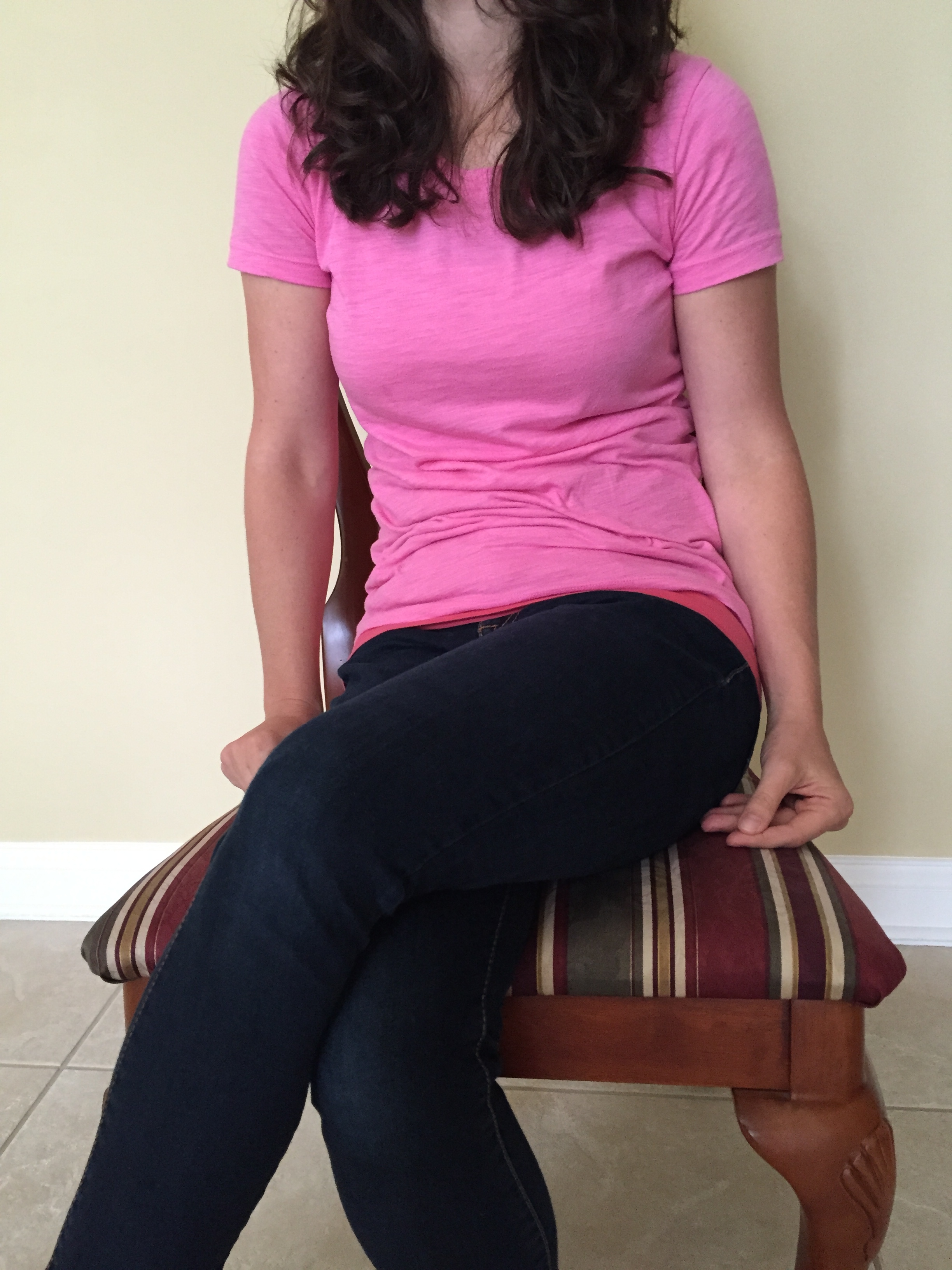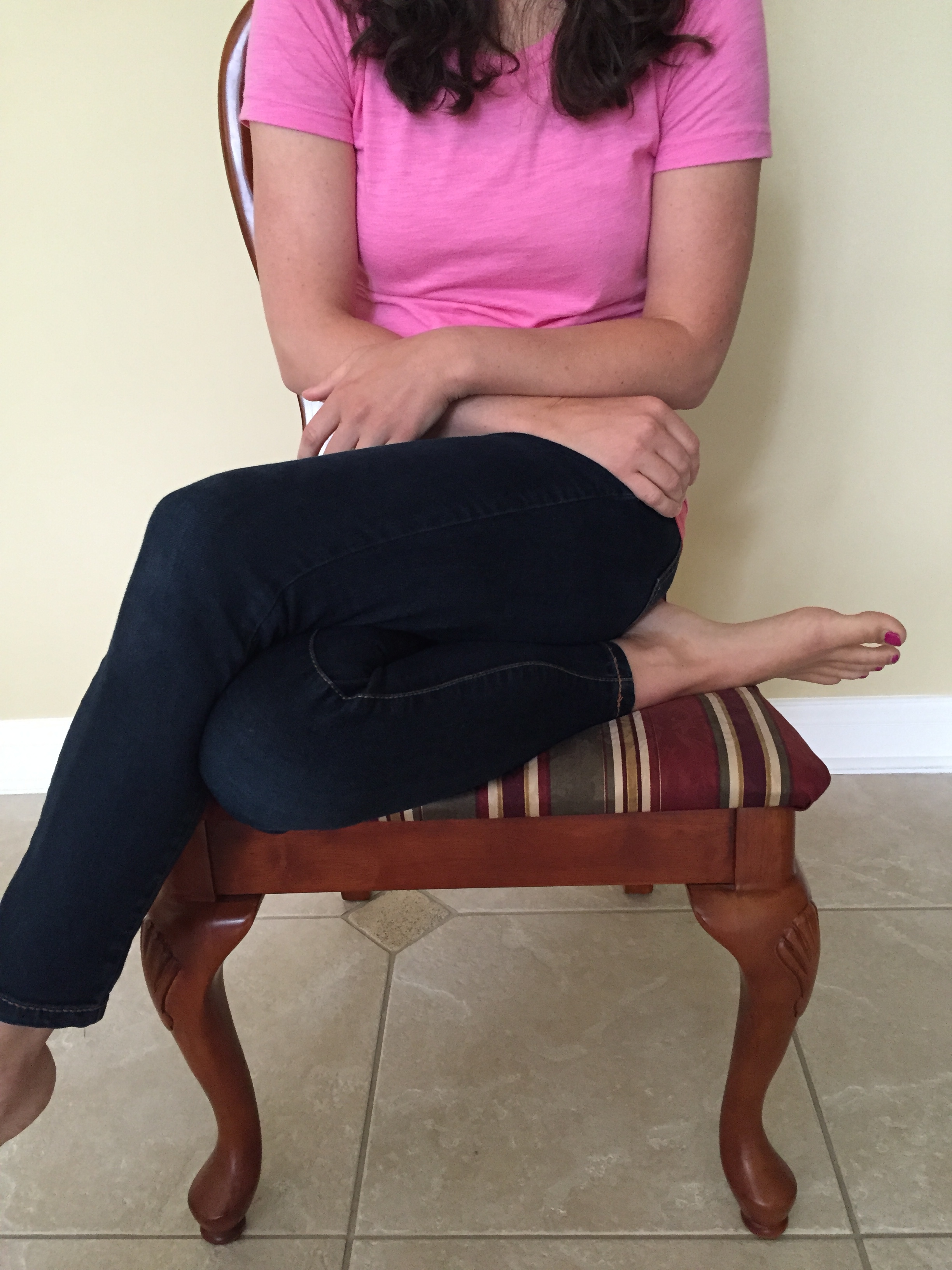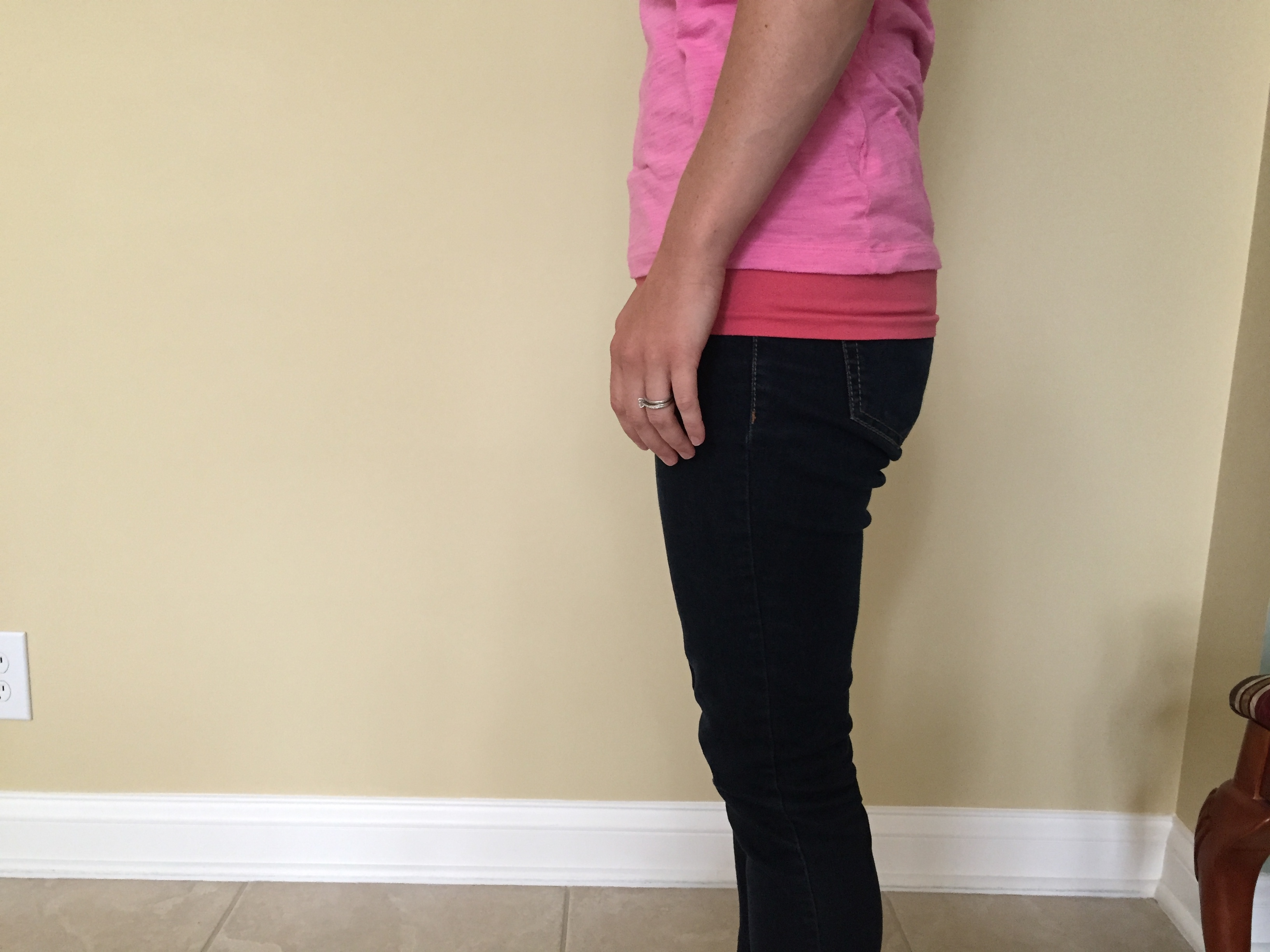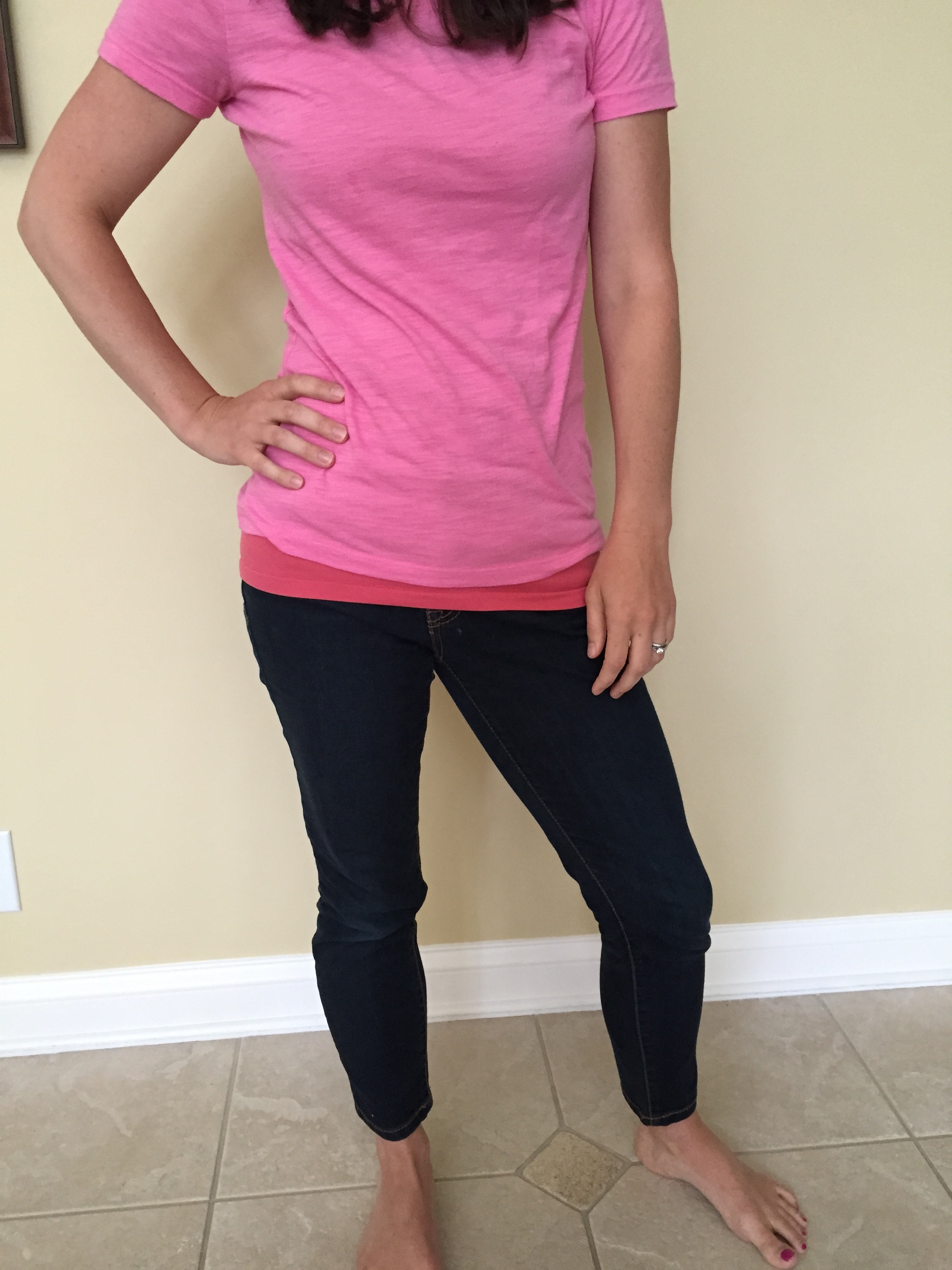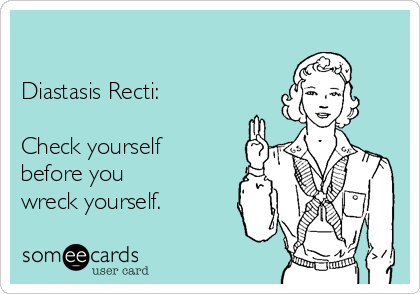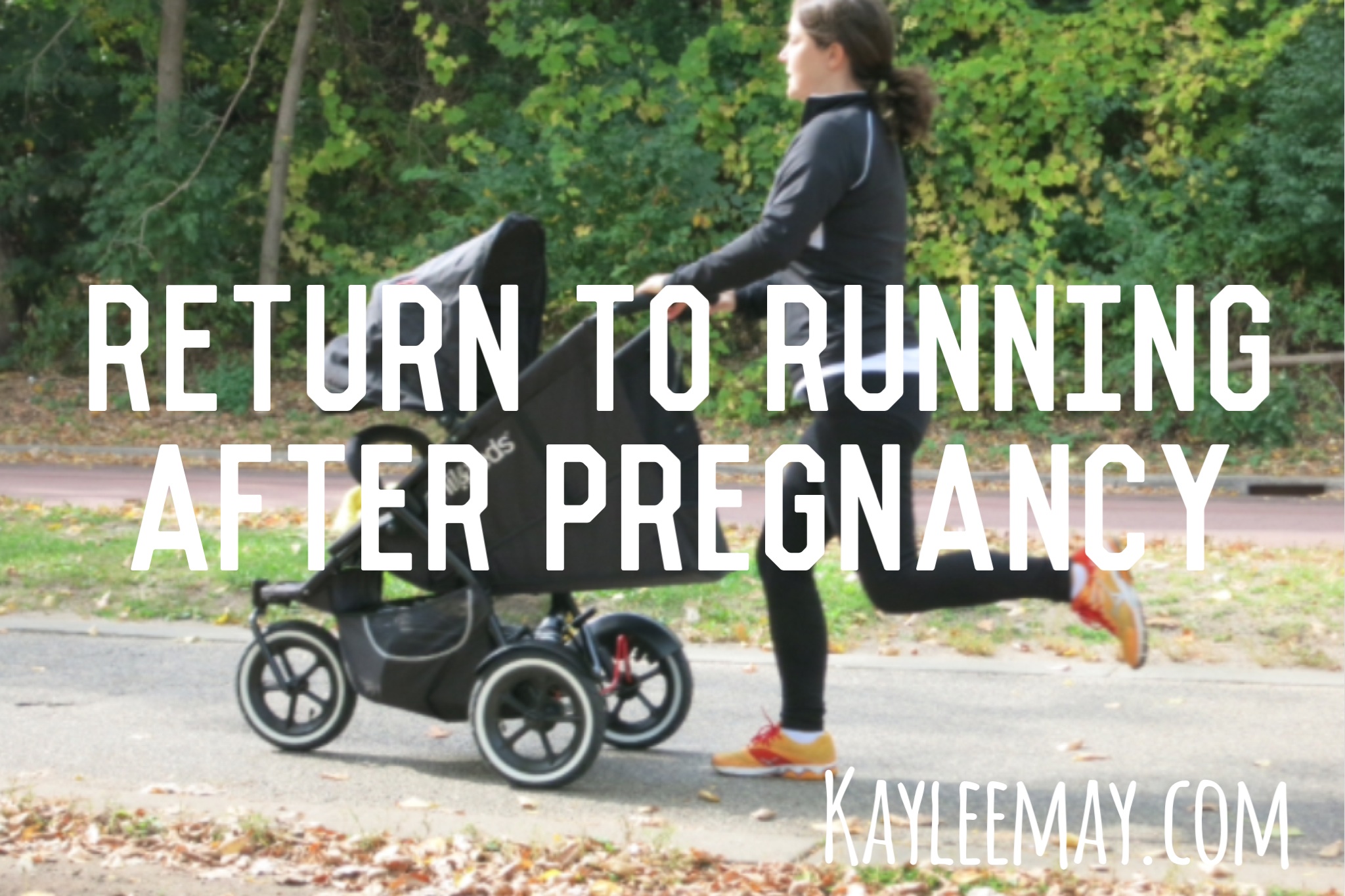First, make sure you know how to take care of you Kegel muscles daily!! If you feel ready to strengthen your Kegels at home, read below!

Kegel muscles, or pelvic floor muscles, are just like any other muscle in your body in a sense that contracting them against gravity is a greater chore than using gravity to your advantage. This is important to remember when you decide how to go about strengthening your kegels.
SIDELYING
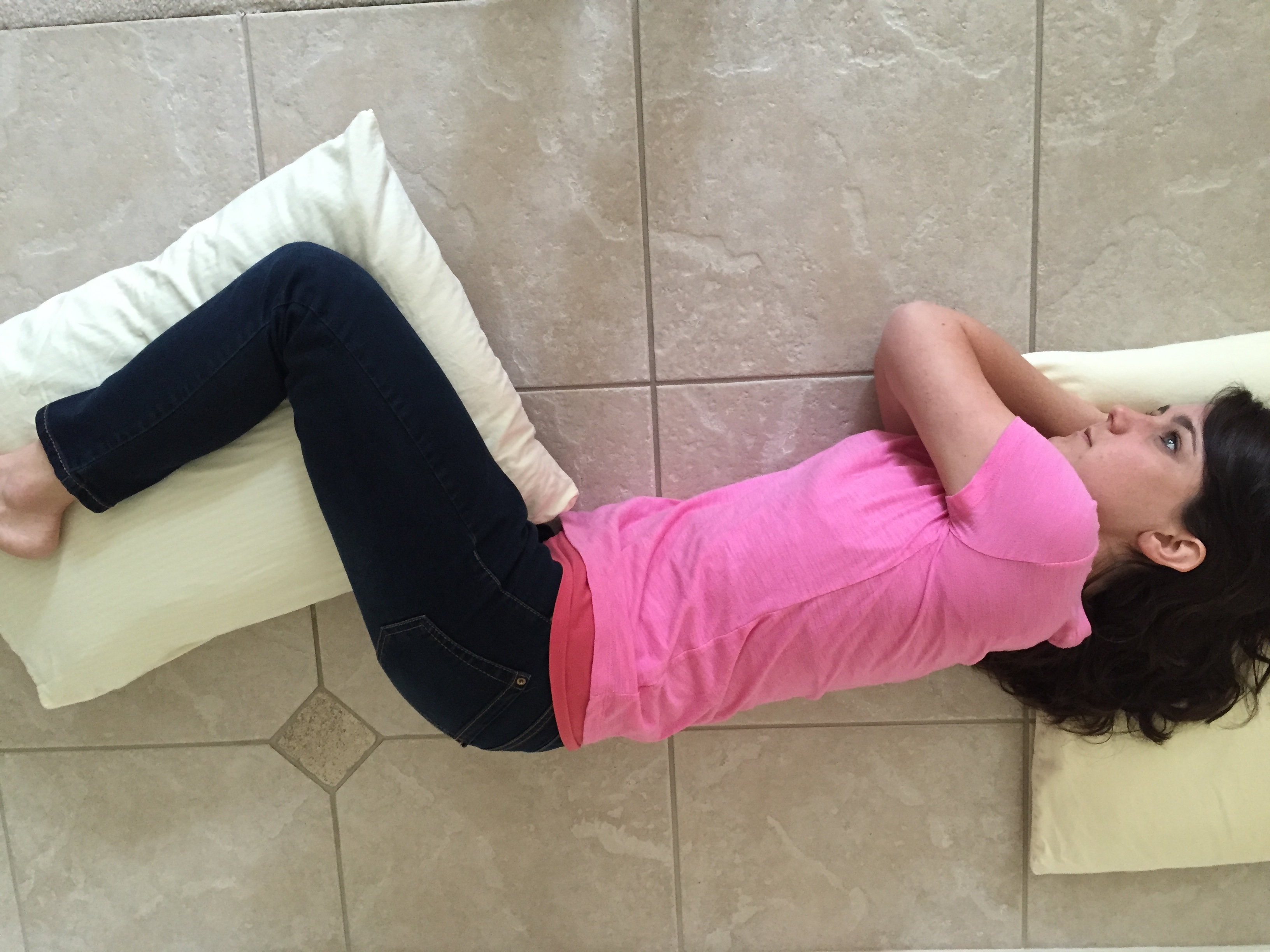
The position that is most helpful in contracting your Kegels is the sidelying position. Lie on your side with your top leg supported on pillows so that your hip is in a neutral position. Tighten your Kegel muscles as though you are stopping the flow of urine. I often cue people to imagine the pelvic floor is an elevator. Imagine ropes attached to your ribs. As you contract, the ropes are pulling the elevator (pelvic floor) toward your rib cage. Exhale as you are contracting.
If you are holding your breath, the opposite will happen–your pelvic floor will expand toward your feet (eek!) just like a parachute expands when it meets air resistance. This stretches the pelvic floor, making it hard to contract and can weaken it over time. Hold each contraction 5-10 seconds. Repeat 10-20 times.
(side note: If you feel like you can’t contract your pelvic floor in this position, please see a physical therapist! To see one, ask your doctor–possibly your obgyn–for an order to see a physical therapist who specializes in women’s health….even if you are male! They are the gurus of the pelvic floor. You can also see a PT through direct access.)
QUADRUPED

Another position that is “gravity-lessened” for the Kegel muscles is the quadruped position. On your hands and knees with your knees directly below your hips and your hands below your shoulders, contract your pelvic floor as described above while exhaling. Make sure your back is flat.
In this position, I also encourage you to contract your abdominal muscles as you contract your kegels. Do this by pulling your belly button toward your spine. Again, if you are holding your breath and/or bearing down, your stomach expands, and the increased volume actually stretches your pelvic floor and abdominals like a parachute stretches when it meets air resistance (aka don’t do that). Hold 5-10 seconds and repeat 10-20 times.
SITTING
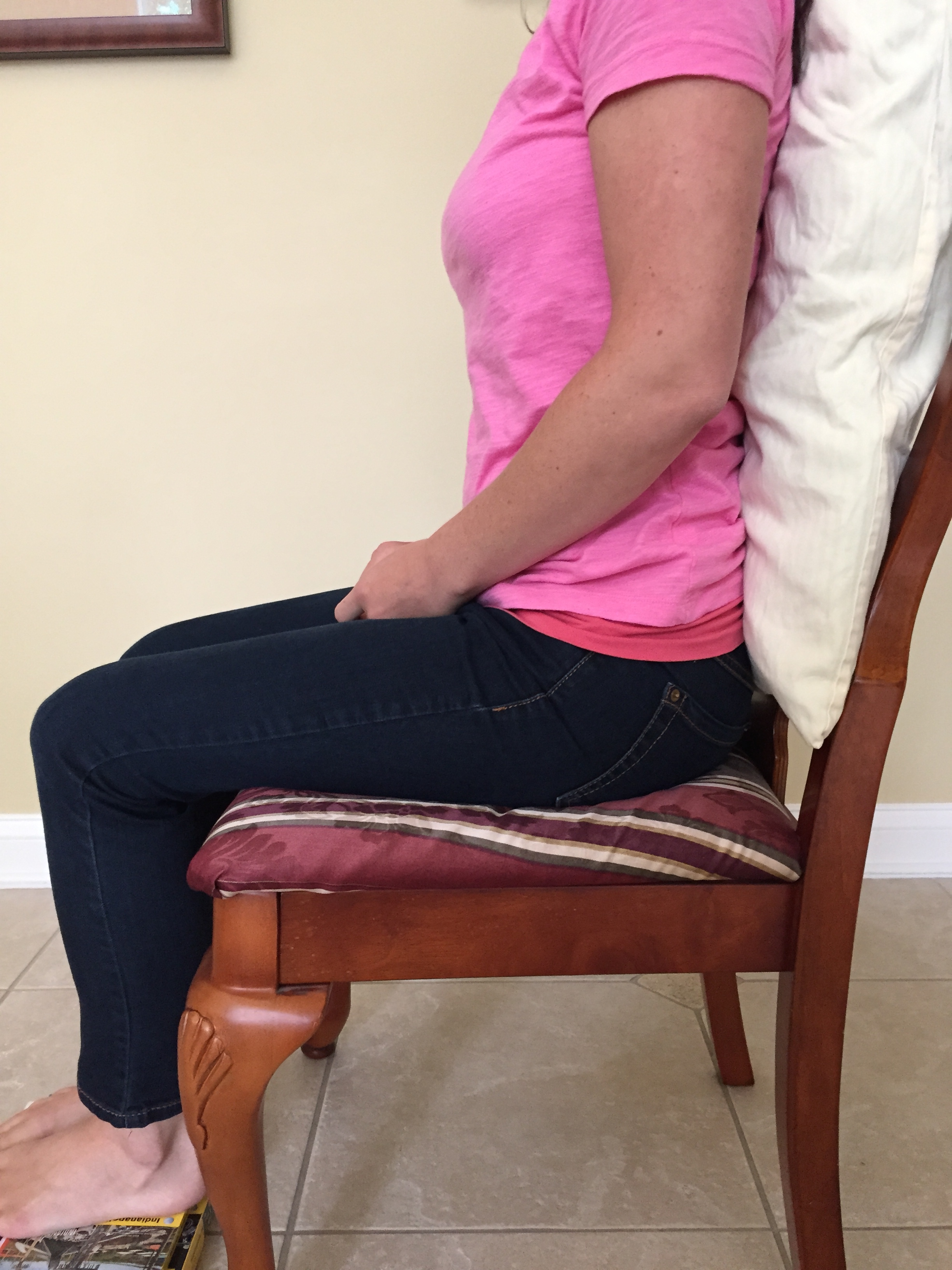
It may take a few weeks, but once you are able to complete the above positions correctly, you can move to a sitting position for your Kegel work out. 😉 In this position, you are lifting your Kegels against gravity, so it is much more challenging. Contract your pelvic floor muscles by thinking of lifting them up toward your rib cage as described above. Hold 5-10 seconds and repeat 10-20 times.
STANDING

Next, try to contract your Kegels in standing. Think of raising your pelvic floor up toward your ribs with the elevator ropes as described above as you exhale.
The most challenging way to contract and exercise your Kegels is to perform contractions during your normal movements, such as arising from a chair. Start by contracting the muscles in sitting and keeping them contracted as you move to stand.
If you are active in fitness and exercise, keep these tips in mind as you lift weights and move through your exercise routine. Remember, if you hold your breath, you are expanding your pelvic floor (like when a parachute meets air resistance) and stretching them out which can weaken the muscles over time.
(Feel free to leave a comment below (you can leave one anonymously!) or send an email to kayleemayblog at gmail dot com with any questions. If I get enough questions throughout this series, I will post a Q&A post to conclude it)
***The content of http://www.kayleemay.com is for informational purposes only. The information presented is not to be taken as professional medical advice, diagnosis, or treatment. If you are having pain, or seeking medical advice, talk to your health care provider. Do not delay in seeking treatment because of information you have read on http://www.kayleemay.com. Taking recommendations presented on http://www.kayleemay.com is solely at your own risk***



